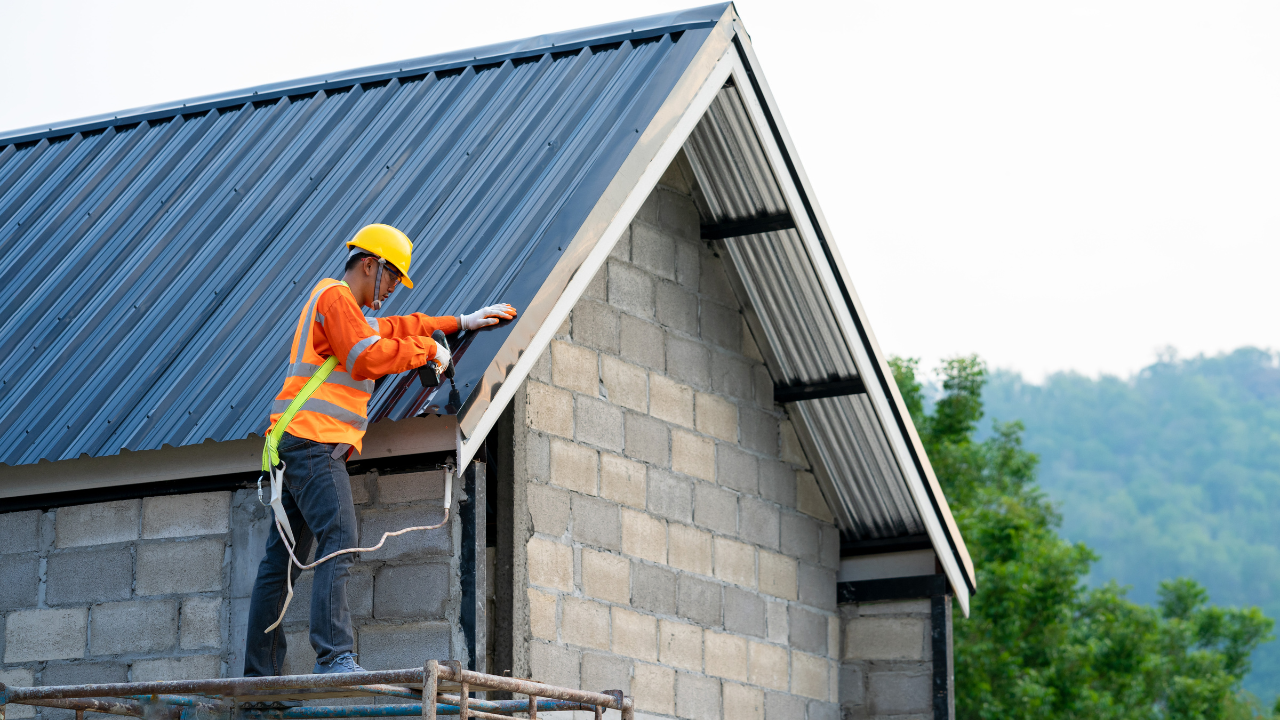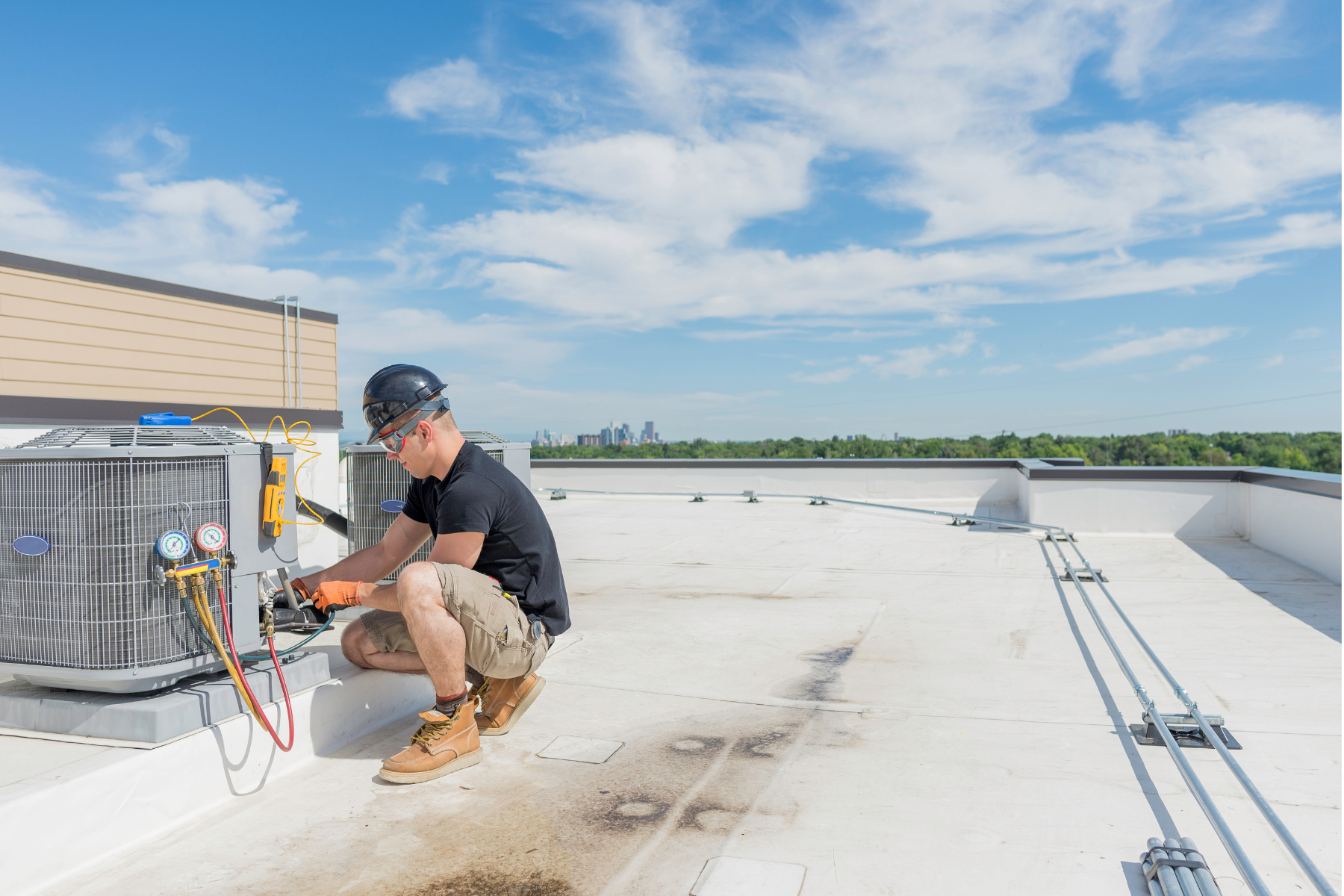HVAC Attack – How to Select the Right HVAC Filter for the Job
Stephanie Earley, Plant Engineering and Maintenance
Good indoor air quality (IAQ) depends on a number of factors, including effective filtration, which provides the primary defense for building occupants and HVAC (Heating, Ventilating and Air Conditioning) equipment against particular pollutants. Today’s higher standards in filtration, coupled with rigorous attention paid to HVAC filter selection, helps to produce cleaner, purer air and reduce IAQ-related problems.
The U.S. Environmental Protection Agency (EPA) says that indoor air is often more polluted (typically two to five times more and occasionally 100 times more) than outdoor air. Most of the “respirable” dust and particles people breathe into their lungs is approximately three microns or smaller-a fraction of the size of a grain of sand.
Filter efficiency
Figure 1 illustrates the sizes of various particles that may cause IAQ problems. Facility managers/engineers should work to identify the types and sizes of particular pollutants in their buildings to determine the best type of HVAC filter for their needs.
Selecting HVAC filters based on the needs of the facility instead of their initial costs will lead to a review of filter efficiency as a determining factor. Filtration efficiency defines how well the filter will remove contaminants.
Low-efficiency filters are typically used to keep lint and dust from clogging the heating and cooling coils of an HVAC system. Medium- and high-efficiency filters are typically used to remove bacteria, pollen, soot and other small particulates.
Initial and sustained efficiency are primary performance indicators for HVAC filters. Initial efficiency refers to the filter’s “out-of-the-box” capability. Sustained efficiency refers to levels maintained throughout a filter’s service life.
Some filters have lower initial efficiency and don’t achieve high efficiency until a “dirt cake” has built up on them. This happens typically after 30 days. Other filters offer high initial and sustained efficiency. This means they achieve an ideal performance level early and maintain that performance level.
The American Society of Heating, Refrigerating, and Air-Conditioning Engineers (ASHRAE) developed two HVAC industry standards that address the efficiency issue: ASHRAE 52.1 and ASHRAE 52.2. In addition to the performance factors measured under ASHRAE 52.1 and 52.2, consider these additional variables when selecting a filter:
- Moisture resistance. How high humidity and moisture affect the filter;
- Temperature limitations. How the filter performs at application temperature; and
- Flammability. How the filter performs in flammability tests. Check to see if UL Class I- or Class II-rated filters are needed to conform to local building codes.
Filter technology
There are many types of HVAC filters currently on the market, including bulk media and pre-cut pads; automatic roll filters; disposable panel filters; polyester rings, sleeves and links; pleated filters, medium- and high-efficiency bag filters; rigid cell filters; and mini-pleated filters.
In most buildings, the best filter choice is a medium-efficiency pleated filter, which has a higher removal efficiency than low-efficiency filters. It also more adequately removes the particles that cause IAQ problems, unlike high-efficiency filters, which would clog.
The pleated air filters used in HVAC systems are made with a wide range of materials (media), including fibreglass, polyester, cotton, paper and synthetic non-woven materials. Recent advances in non-woven technologies have allowed for a step-change improvement in both performance and value of synthetic media over standard cotton/poly blends used in HVAC filters.
Unlike traditional cotton/poly media, synthetic media in more modern filters can be made of thermally bonded, continuous hydrophobic (moisture-repelling) polyolefin fibres that resist shedding and don’t absorb moisture. This is important in resisting bacterial growth and keeping shed fibres from getting into HVAC coils or into the breathing air.
Moreover, synthetic media can be manufactured without the use of chemical binders. This means humidity will not affect the web structure and won’t cause glue to soften and thus fibres to shed.
Unlike cotton/poly filter media, which are made with a surface-loading structure, synthetic filter media can be made with a gradient density structure. The result is a solid mechanical foundation that maintains high efficiency over the useful life of the filter.
Finally, synthetic filter media have the ability to apply an electrostatic charge, which yields a higher initial efficiency and enhances the filter’s capture capability. This is especially the case in the attraction of smaller diameter particles.
Electrostatic filtration is different than mechanical filtration, which depends on the size of the fibre, size of particles being filtered and physical structure of the media. With mechanical filtration, efficiency tends to build over time as particulates are collected.
With electrostatic filtration, filter fibres are charged, thus creating a force that attracts particles. This provides high-initial efficiency, and when coupled with a strong mechanical structure, high-sustained performance can be achieved.
ASHRAE HVAC standards made easy
The American Society of Heating, Refrigerating, and Air-Conditioning Engineers (ASHRAE) developed two HVAC industry standards that address the efficiency issue. ASHRAE 52.1 standard measures:
- Pressure drop: How the filter affects air flow and energy costs. A low-pressure drop typically translates into higher energy efficiency. A high-pressure drop means reduced air flow to the HVAC unit. This requires more energy to operate the unit;
- Arrestance: The amount of synthetic dust a filter is able to capture;
- Dust-spot efficiency: A measure of the ability of the filter to remove atmospheric dust from test air; and
- Dust-holding capacity: The amount of dust a filter can hold until a specified pressure drop is reached. Higher capacity means a longer filter life. When evaluating dust-holding capacity, it’s important to compare dust-holding capacities between filters at the same final pressure drops to make accurate comparisons of projected filter life.The ASHRAE 52.2 standard measures the fractional particle size efficiency (PSE) of an HVAC filter. This indicates the filter’s ability to remove airborne particles of differing sizes between 0.3 and 10 microns in diameter.
A MERV (Minimum Efficiency Reporting Rating) is assigned to the filter media depending on the PSE in three different particle size ranges (0.3 to one micrometer, one to three micrometers, and three to 10 micrometers).
MERV is a numerical system of rating filters based on minimum particle size efficiency. A rating of one is least efficient, while a rating of 16 is most efficient. Lower ratings typically reflect a more cost-conscious choice.
HVAC filter maintenance tips
Proper filter maintenance is crucial to keeping HVAC ductwork clean. If dirt accumulates in the ductwork and relative humidity reaches the dewpoint (so that condensation occurs), then bacteria and mould may grow.
This is especially the case in HVAC systems that have acoustical duct liners. They’re frequently used in air-handler fan housings and supply ducts to reduce sound transmission and provide thermal insulation.
For these reasons, it’s imperative to establish appropriate filter change-out frequency. However, filters should be changed if they become wet, microbial growth on the filter media is visible, or when filters collapse or become damaged to the extent that air bypasses the media.
Make the job of changing filters as easy as possible. One tip filter suppliers recommend for making the job of changing filters easier is to place labels on housing units with information, including number and type of filters, date changed and pressure drop.
Air handlers that are located in difficult-to-access places will be more likely to suffer from poor air filter maintenance and overall decreased maintenance. Quick release and hinged access doors for maintenance, therefore, are more desirable than bolted access panels when security isn’t an issue.
When changing the filter, make sure that the replacement filter is the correct size and compatible with your housing. Review the performance value of the filter to ensure the pressure drop across the filter won’t be too great, especially as the filter loads.
Greater resistance will reduce air flow to the unit, creating a negative impact on the unit’s heating/cooling and energy efficiency. This is another key factor to remember.
It’s important to follow the recommendations of the filter manufacturer/supplier and HVAC system provider to determine proper procedures and frequencies for maintaining and changing filters. Also, document inspections and corrective actions.
Related Articles

Engineered Building Maintenance

Achieving "Near Zero" Refrigerant Emissions in HVAC Systems

How Building Managers Can Save On Energy Purchasing Through Changing Paradigms

What Is Facilities Management? Challenges, Solutions, & More

How a Platform Approach Can Transform Your Building Operations




